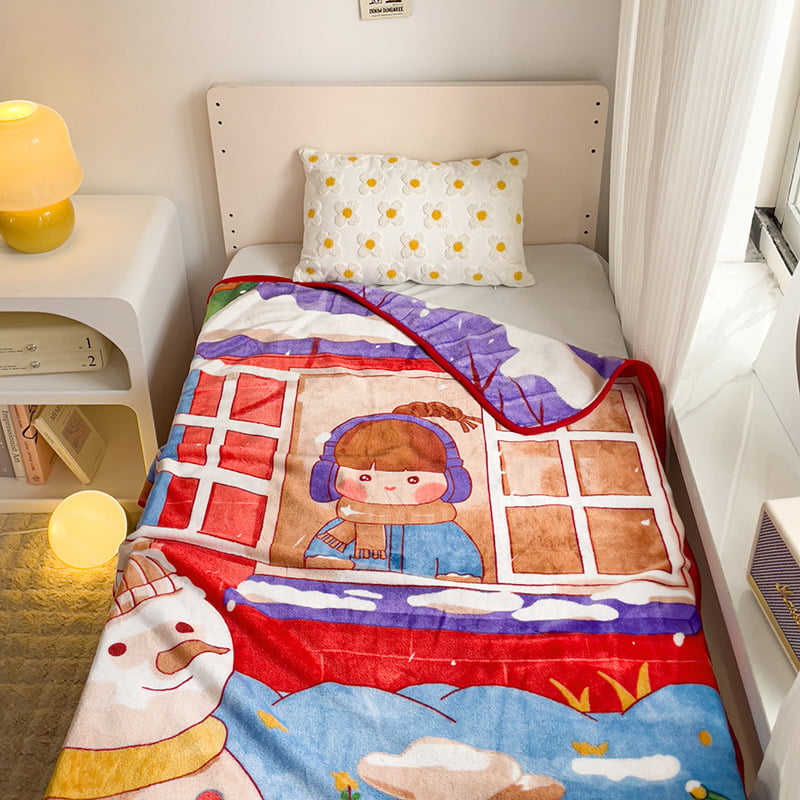When selecting materials for a kid's bed to ensure both durability and safety, several factors need to be considered, including the material's strength, safety features, ease of maintenance, and potential health impacts. Here’s a breakdown of common materials used for kid's beds and their suitability:
Solid Wood:Advantages:Durability: Solid wood is known for its strength and longevity. It can withstand rough use and supports heavier weights compared to some other materials.Safety: Wood is generally free from harmful chemicals and can be finished with non-toxic paints or stains.
Aesthetics: Offers a classic and natural look, and can be easily customized or painted.Considerations:Maintenance: Requires regular maintenance to prevent scratches and damage.Cost: Solid wood beds can be more expensive compared to other materials.
Engineered Wood (Plywood, MDF, Particle Board):Advantages:Cost-Effective: Often less expensive than solid wood while still providing good durability.Design Flexibility: Can be manufactured in various shapes and designs.Considerations:Durability: May not be as durable as solid wood and can be prone to chipping or warping.Safety: Engineered wood products may contain adhesives or chemicals (such as formaldehyde) that could be a concern. Look for low-VOC (volatile organic compounds) or formaldehyde-free options.

Metal:Advantages:Durability: Metal frames are highly durable and can handle significant wear and tear.Safety: Typically free of harmful chemicals and easy to clean.Design: Modern metal beds often have sleek designs and can be a good fit for contemporary decor.Considerations:Comfort: Metal beds may be noisier and can get cold or hot depending on the temperature.Finish: Ensure the metal has a smooth finish to avoid sharp edges or potential rust issues.
Plastic or Composite Materials:Advantages:Lightweight: Easier to move and handle compared to heavier materials.Variety: Available in various colors and designs.Considerations:Durability: May not be as strong or long-lasting as wood or metal. Can be prone to cracking or scratching.Safety: Ensure that the plastic used is BPA-free and does not contain harmful chemicals.
Upholstered Beds:Advantages:Comfort: Provides a soft and cozy feel, and can be designed with padding for added safety.Customization: Available in various fabrics and colors.Considerations:Maintenance: Requires regular cleaning and can be prone to staining. Make sure the materials used are durable and easy to clean.Safety: Ensure that the bed has no sharp edges or loose parts that could pose a risk.
Safety Considerations for All Materials:Non-Toxic Finishes: Ensure that any paints, stains, or finishes used on the bed are non-toxic and free from harmful chemicals.Sturdy Construction: The bed frame should be well-constructed to avoid wobbling or tipping. Check for sturdy joints and secure fastenings.No Sharp Edges: Ensure that all edges and corners are smooth or rounded to prevent injuries.Ventilation: The bed should be designed to allow proper ventilation and avoid trapping heat or moisture.
Solid wood is often considered the best material for ensuring both durability and safety due to its strength, natural properties, and the ability to be finished with non-toxic products. However, engineered wood and metal are also good choices, depending on budget and design preferences. Plastic and upholstered beds offer additional design options but may have trade-offs in terms of durability and maintenance. Always consider the specific needs and safety requirements for your child when choosing the best material for a kid’s bed.



 English
English Español
Español عربى
عربى







 +86-159 5050 0822
+86-159 5050 0822 peter@rainbowhomefashion.com
peter@rainbowhomefashion.com No.199 Yimin Road, Dateng DIstrIct, Yancheng City. Jiangsu Province, China
No.199 Yimin Road, Dateng DIstrIct, Yancheng City. Jiangsu Province, China
